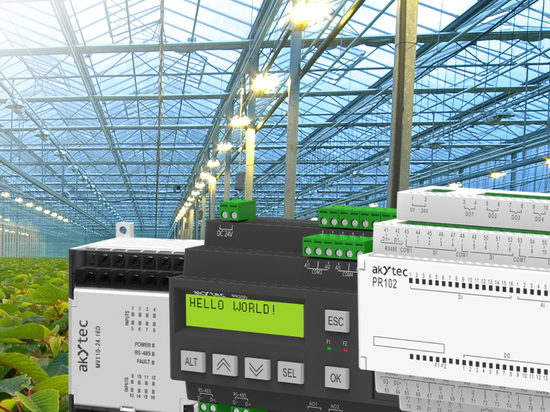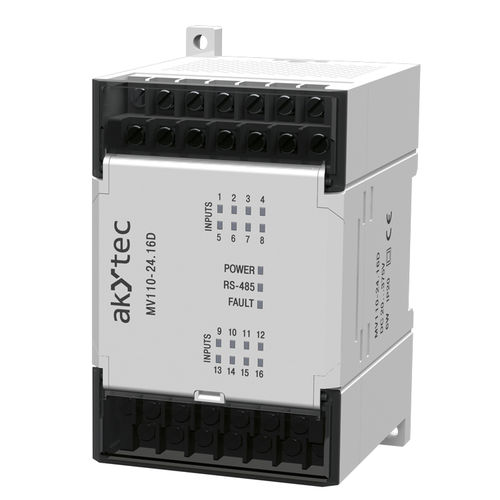
#Industry News
Wind turbine control concept using akYtec products
Wind turbine control concept
Wind turbines are installations, that harvest wind energy, which is a renewable energy source. Turbines do not generate waste and do not need fuel, which distinguishes them from traditional energy generators. Wind generators can operate in a wide range of environmental conditions: up to 100% humidity and temperatures from -40 °C to +85 °C. The only requirement is wind. Wind turbines generate high voltages and currents. The electrical components must be able to withstand power surges and filter out electromagnetic interference from generators and mains switches. For wind generators to be operational and safe, the electrical parameters (current, voltage) must be continuously monitored, e.g. via a cloud service.
A wind generator is a device that converts the wind's kinetic energy into electrical energy using wind turbines. A typical wind turbine consists of a three-bladed rotor. The wind rotates the blades and, with the help of the rotor, drives a low-speed shaft which, through a stepped gearbox, transmits the rotation to a high-speed shaft that turns the generator. The amount of energy produced by a wind turbine depends directly on the wind speed.
The task and the solution concept
The task is to control the mechanical movements of the wind turbine, the hydraulic brake system, monitoring the meteorological parameters, and the machine working conditions. The control unit at the same time synchronizes the output frequency and connects the generator smoothly through power thyristor assemblies to the power grid. This process is carried out by a controller built into the control unit. Its program is stored in inaccessible firmware in a permanent memory device (ROM).











